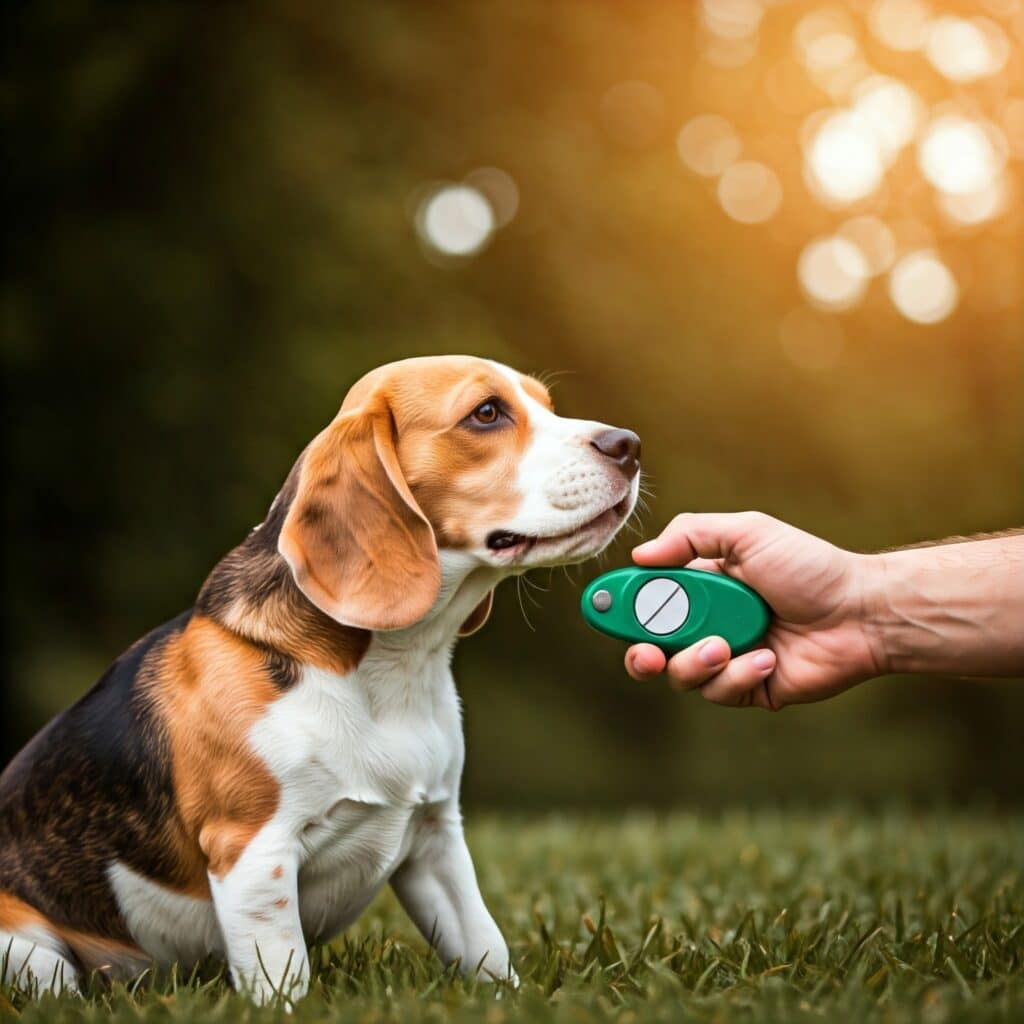Training your dog to sit is one of the first and most important commands you’ll teach them. It’s an essential foundation for more advanced training, helps with controlling behavior, and provides a sense of structure for your dog. Whether you’re training a puppy or an adult dog, the “sit” command is easy to teach, and when done correctly, it can improve communication and your relationship with your pet.
In this article, we’ll walk you through the step-by-step process to successfully teach your dog to sit, providing tips and tricks to make the training both effective and enjoyable for both you and your dog.
Why Teaching Your Dog to Sit is Important
Before we dive into the training process, it’s helpful to understand why the “sit” command is so valuable. Here are a few reasons why you should teach your dog to sit:
- Safety: Teaching your dog to sit can help you control them in situations where it’s important for them to stay still. For example, when you’re opening the front door, having your dog sit prevents them from bolting outside.
- Impulse Control: The “sit” command encourages your dog to pause and think before acting, which helps with impulse control in various situations.
- A Foundation for Other Commands: Sit is often the first step in learning more advanced commands like “stay,” “down,” and “come.” It’s the foundation for good behavior.
- Calming: It’s a calming position. Having your dog sit in a relaxed posture can help them calm down in exciting or overstimulating situations.
With these benefits in mind, let’s get started on how to train your dog to sit!
Step 1: Gather Your Supplies
Before you begin training, make sure you have everything you need to make the process go smoothly:
- Treats: Use small, tasty treats your dog loves. Treats should be easy to chew quickly and should be something your dog finds highly rewarding.
- A Quiet Environment: Find a quiet place with minimal distractions. A quiet room or a spot in the yard works well when you’re starting out.
- A Clicker (Optional): If you use clicker training, make sure you have a clicker handy. Clicker training can help mark the exact moment your dog successfully performs the behavior.
Step 2: Get Your Dog’s Attention

To begin the training, you need your dog’s full attention. This will help them focus on you and the task at hand.
- Call Their Name: Start by calling your dog’s name or getting their attention with a treat in your hand. Hold the treat right in front of their nose to engage them.
- Position Yourself: Stand in front of your dog at eye level, making sure they’re not too close or too far away from you.
Step 3: Lure the Sit

Now that your dog is focused on you, it’s time to use a treat to lure them into the sitting position.
- Hold the Treat: Hold the treat just above and behind your dog’s nose. Keep the treat close enough for them to notice, but not so close that they can grab it right away.
- Move the Treat: Slowly move the treat up and over your dog’s head. As they follow the treat with their eyes, their bottom will naturally lower to the ground.
- Mark the Behavior: As soon as your dog’s bottom touches the floor, immediately say “Yes!” (or use a clicker if you’re using clicker training) and give them the treat. This lets your dog know they did the right thing.
- Repeat: Repeat the process several times, encouraging your dog to sit with the lure and rewarding them each time they do it correctly. Keep training sessions short—about 5-10 minutes—to maintain your dog’s focus and prevent frustration.
Step 4: Add the Verbal Cue
Once your dog begins to sit reliably when you move the treat over their head, it’s time to add the verbal cue.
- Introduce the Word: As your dog starts to sit, say the word “sit” in a calm, clear voice. Make sure you say the word right before they sit, so they can associate the command with the action.
- Repeat and Reinforce: Continue to repeat the process of luring your dog into the sit while saying the word “sit.” After a few repetitions, your dog will start to associate the word with the action.
- Gradually Fade the Lure: Once your dog understands the motion, start to fade out the treat lure. Instead of guiding them with the treat, simply use your hand in the same motion, but without the treat. If your dog still needs a little help, you can reward them for sitting in response to just your hand gesture.
Step 5: Practice in Different Locations
After your dog has mastered the sit command in a quiet, distraction-free environment, start practicing in different locations with varying levels of distractions.
- Start in a New Room: Begin by practicing in a different room of your house, ensuring that your dog is still able to perform the command in a new environment.
- Add Mild Distractions: As your dog becomes more proficient, introduce mild distractions, such as family members walking around or soft background noise.
- Move to Outdoors: Practice in your backyard or other outdoor spaces. Dogs often find outdoor environments more stimulating, so it’s important to be patient as they learn to focus despite distractions.
Step 6: Reinforce and Generalize the Behavior
As with any new behavior, consistency is key. Make sure to practice the “sit” command regularly and in different situations to reinforce the behavior.
- Reward for a Job Well Done: Continue to reward your dog with treats, praise, or toys when they perform the sit command. Be sure to vary the rewards so your dog doesn’t get bored.
- Gradually Decrease Treats: Over time, you can gradually reduce the frequency of treats and instead rely on praise and affection. This helps your dog learn that they don’t always need a treat to be rewarded, but will still receive praise for sitting.
- Use the Sit Command in Real-Life Situations: Practice using the sit command in everyday scenarios, such as when you’re about to walk out the door, before feeding your dog, or when guests arrive. The more your dog practices the behavior in real-world situations, the more reliable they will become.
Troubleshooting Common Challenges
While training your dog to sit is usually straightforward, some dogs may take a little longer to catch on. If you encounter challenges, consider these tips:
- If Your Dog Won’t Sit: If your dog doesn’t seem to understand what you’re asking, ensure that you’re being clear and consistent with your cues. Sometimes, dogs may not sit because they’re too excited, distracted, or confused. Try to work in a quiet environment and keep the training session short.
- If Your Dog Jumps: If your dog is jumping instead of sitting, you may need to work on teaching them impulse control. You can try to use a more gradual lure to get them to sit or work on calming exercises before asking for a sit.
Conclusion
Teaching your dog to sit is a simple yet powerful command that lays the foundation for a well-behaved pet. By following the steps outlined in this guide—luring, adding the verbal cue, and practicing in various environments—you’ll help your dog learn this important behavior while strengthening your bond.
Remember, patience and consistency are key. Dogs learn at their own pace, and the more fun and rewarding you make the process, the better the results will be. Happy training!






